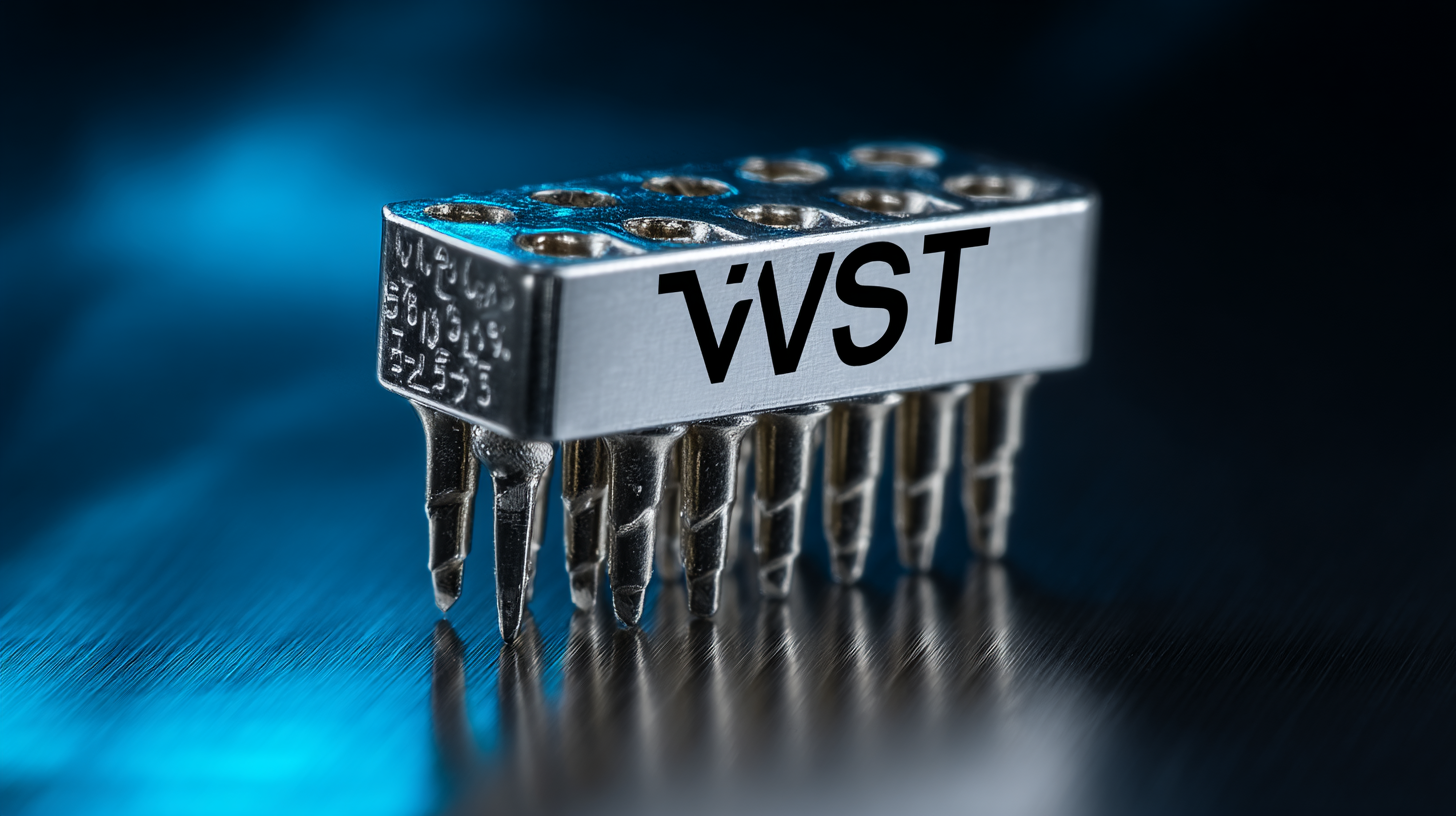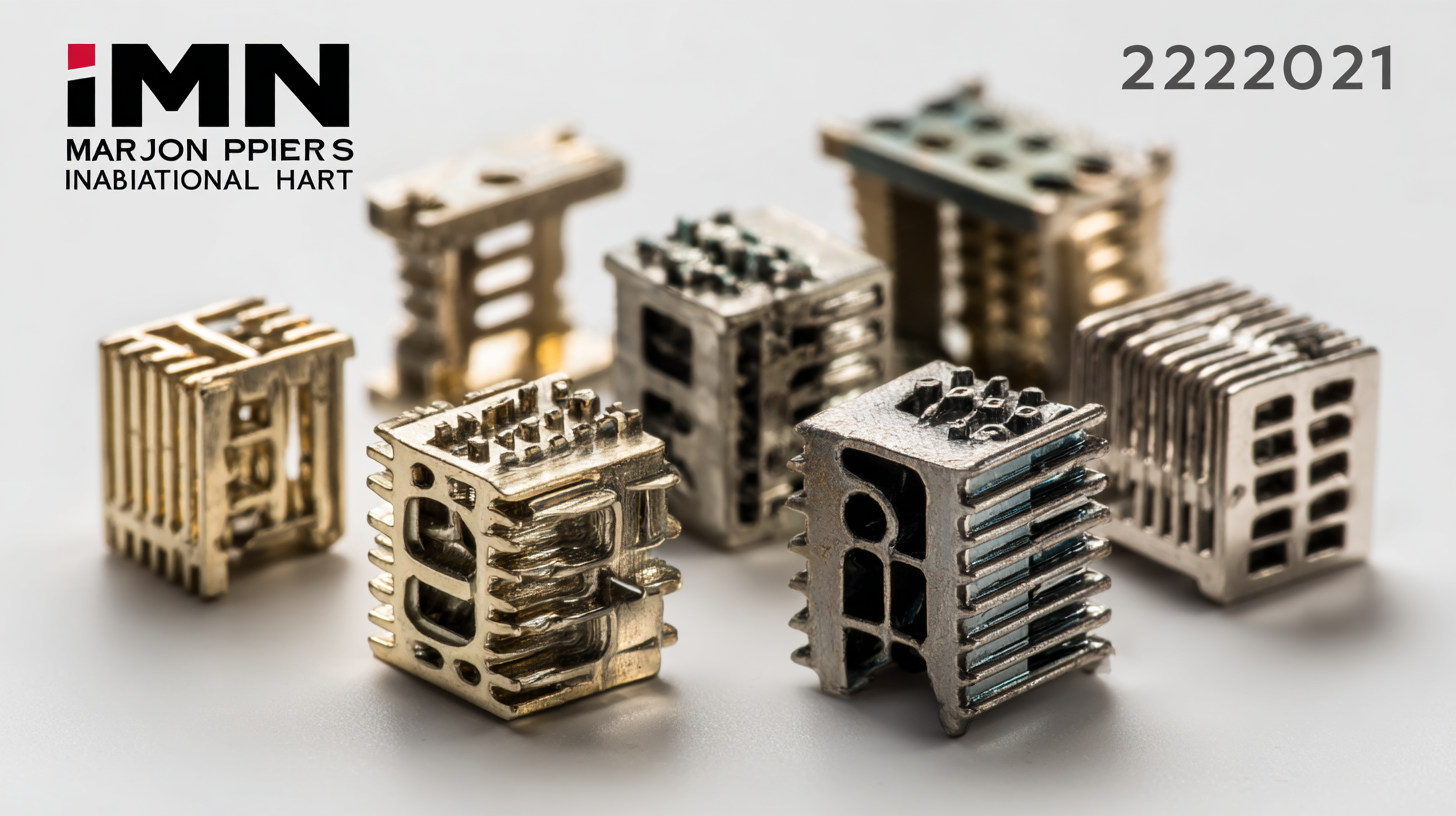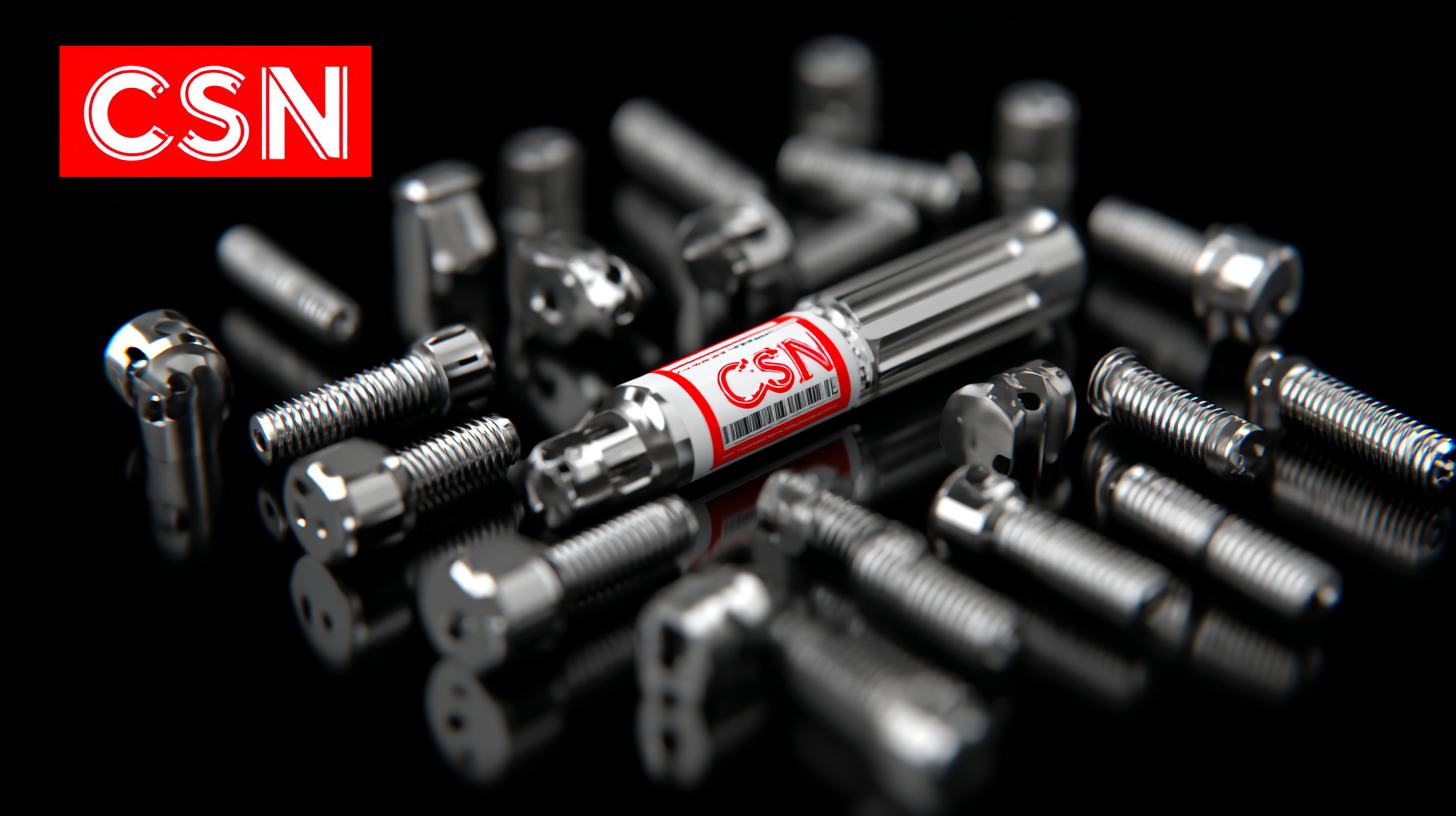


The global Socket Pin Header market is poised for significant advancements by 2025, driven by increasing demands in various sectors, including consumer electronics, automotive applications, and industrial machinery. According to a recent market analysis by XYZ Research, the Socket Pin Header industry is expected to witness a compound annual growth rate (CAGR) of 6.5%, reaching a valuation of approximately $1.2 billion by the end of this forecast period. This growth can be attributed to the rising adoption of miniaturized electronic devices and the surge in demand for reliable connectivity solutions. As companies explore alternatives in design and functionality, innovative edge connectors and diversified pin configurations are becoming central to development strategies.

This blog will delve into the evolution of the Socket Pin Header industry, examining transformative trends and potential alternatives that will shape its landscape in the coming years.
The Socket Pin Header industry is poised for significant transformation by 2025, largely driven by emerging technologies that are redefining connectivity solutions. Innovations in materials science and design engineering are paving the way for more reliable and efficient pin headers. Advanced materials that offer enhanced durability and reduced electrical resistance are expected to meet the growing demands of high-performance electronic devices.
In addition to materials advancements, integration of automation and smart technologies will revolutionize manufacturing processes. Smart factories utilizing IoT and AI are streamlining production, leading to cost reductions and improved quality control. Furthermore, the rise of electric vehicles and smart home applications is generating new requirements for socket pin headers, pushing manufacturers to innovate rapidly. As these technologies continue to evolve, stakeholders must remain agile to seize opportunities within this dynamic market landscape.

The evolution of the socket pin header industry highlights the increasing importance of sustainability in technology. Different types of socket pin headers, including through-hole and surface-mount variations, offer unique benefits that align with eco-friendly practices. For instance, research by Grand View Research indicates that the global market for socket pin headers is expected to reach $1.2 billion by 2025, with a growing emphasis on manufacturers creating energy-efficient components that reduce waste during production and improve the longevity of devices.

A crucial advantage of using high-quality socket pin headers, particularly in low-power applications, is their ability to minimize energy loss. According to a report by MarketsandMarkets, socket pin headers with gold plating exhibit lower contact resistance, which enhances electrical conductivity and ensures durability. This not only leads to better performance but also contributes to the overall sustainability of electronic devices by extending their life cycle and reducing the need for frequent replacements. The integration of innovative materials and designs in socket pin headers is becoming essential in meeting the demands of environmentally-conscious consumers and industries striving for greener solutions.
The socket pin header industry is undergoing significant transformations driven by evolving market trends and shifting consumer demands. As technology advances, the need for reliable and efficient connectivity solutions has surged, fueling innovations in socket pin headers. Today’s consumers are seeking components that not only meet performance standards but also offer enhanced features such as automation compatibility and miniaturization. This demand reflects a broader trend towards smaller, more integrated electronic devices, compelling manufacturers to rethink their designs and production methods.
Moreover, sustainability has emerged as a critical consumer demand, guiding the development of eco-friendly materials and processes within the industry. Manufacturers are increasingly focusing on reducing their environmental impact, leading to innovations in production techniques that minimize waste and energy consumption. As companies respond to these trends, we can expect to see a new generation of socket pin headers that not only uphold high performance but also resonate with the values of environmentally conscious consumers. The ongoing dialogue between consumer preferences and technological capabilities will shape the landscape of the socket pin header market well into 2025 and beyond.
The socket pin header industry is experiencing significant evolution across various sectors, driven by technological advancements and changing consumer demands. According to a recent market report by Market Insights, the global socket pin header market is projected to grow at a CAGR of 5.4% from 2025 to 2030, underscoring its increasing relevance in applications ranging from consumer electronics to automotive systems. Industries are increasingly adopting socket pin headers due to their ability to ensure reliable connections in compact electronic devices, enhancing overall performance.
In the automotive sector, for example, the shift towards electric vehicles is propelling the demand for advanced socket pin headers, which are crucial for connecting battery management systems and control units. A research study by TechNavio indicates that the automotive application segment will account for approximately 28% of the total market share by 2025. Similarly, the telecommunications industry is leveraging socket pin headers in the development of 5G infrastructure, as detailed in a report by Frost & Sullivan, which highlights the role of these connectors in facilitating rapid data transmission and high-frequency performance. This comparative analysis showcases how socket pin headers are becoming integral to the operational efficiency in multiple industries, driving innovation and connectivity.
| Industry | Application | Market Share (%) | Growth Rate (CAGR %) |
|---|---|---|---|
| Consumer Electronics | Smartphones and Tablets | 35 | 8.5 |
| Automotive | Diagnostics and Control Systems | 20 | 10.2 |
| Telecommunications | Network Equipment | 25 | 9.0 |
| Industrial Automation | Robotics and Machinery | 15 | 12.0 |
| Medical Devices | Diagnostic Equipment | 5 | 7.5 |
The socket pin header industry is on the brink of significant evolution as we approach 2025. This period is set to bring a host of challenges and opportunities that stakeholders must navigate. One primary challenge lies in the rapid technological advancements driving the need for more efficient and versatile components. Manufacturers must adapt to these changes or risk falling behind competitors who embrace innovation.
To thrive, companies should focus on enhancing the durability and connectivity of socket pin headers. Investing in research and development can lead to breakthroughs that cater to the growing demand for high-performance electronics. Additionally, collaborating with tech innovators can provide insights into emerging trends, ensuring businesses remain relevant in the market landscape.
**Tip:** Regularly engage with industry forums and trade shows to stay updated on the latest developments and network with potential partners.
On another note, sustainability is becoming increasingly important in the industry. Companies must consider eco-friendly materials and production processes to meet regulatory requirements and consumer demands. By adopting sustainable practices, businesses can differentiate themselves in a competitive market while contributing positively to the environment.
**Tip:** Conduct a thorough analysis of your supply chain to identify areas for implementing greener practices, which can also enhance your brand's reputation.
This bar chart illustrates the projected growth of the Socket Pin Header market from 2019 to 2025. As indicated, the market is expected to grow significantly, reaching an estimated size of 450 million USD by 2025. Opportunities abound in this sector, driven by evolving technology and increasing demand.
